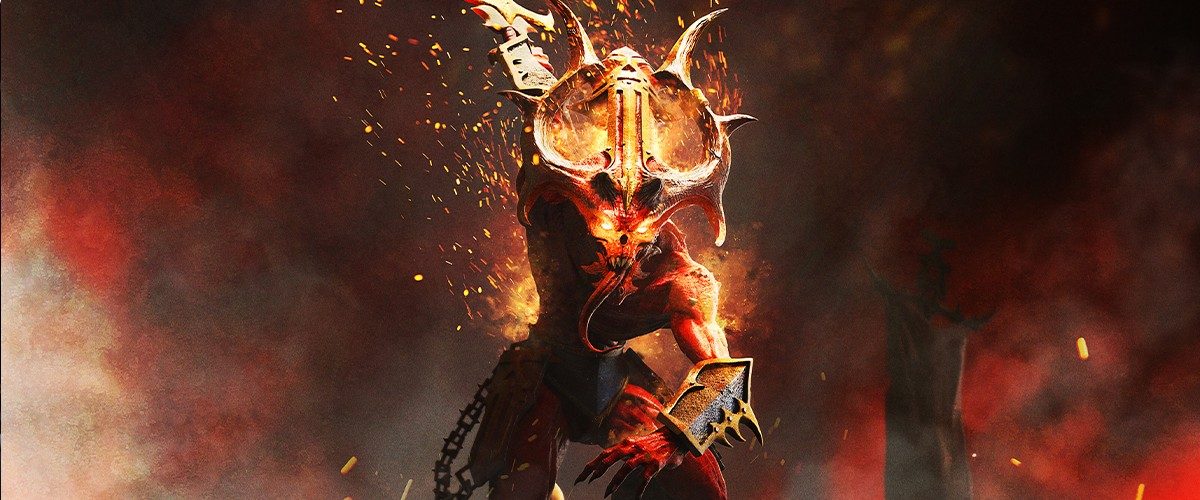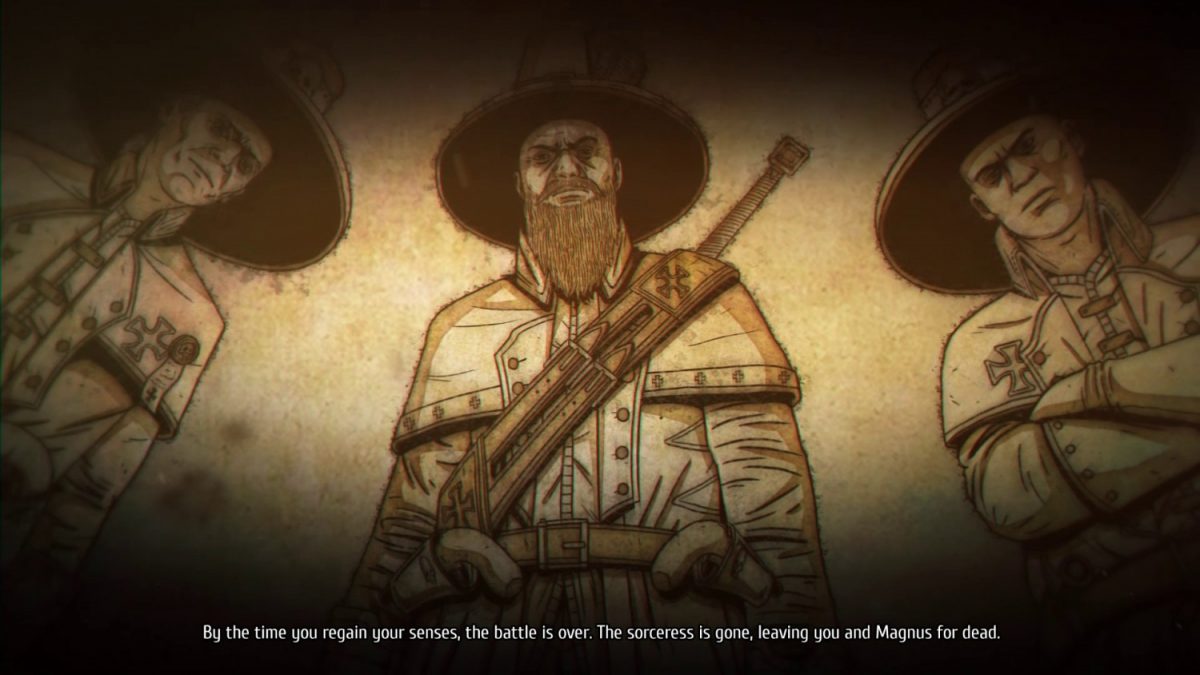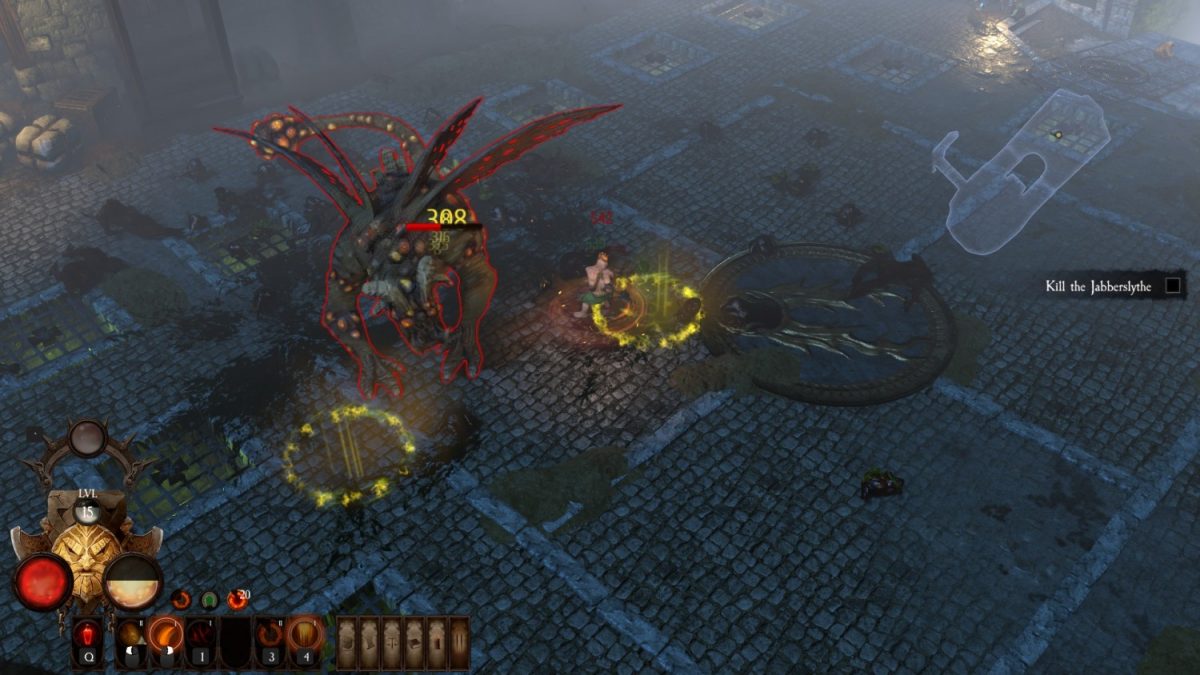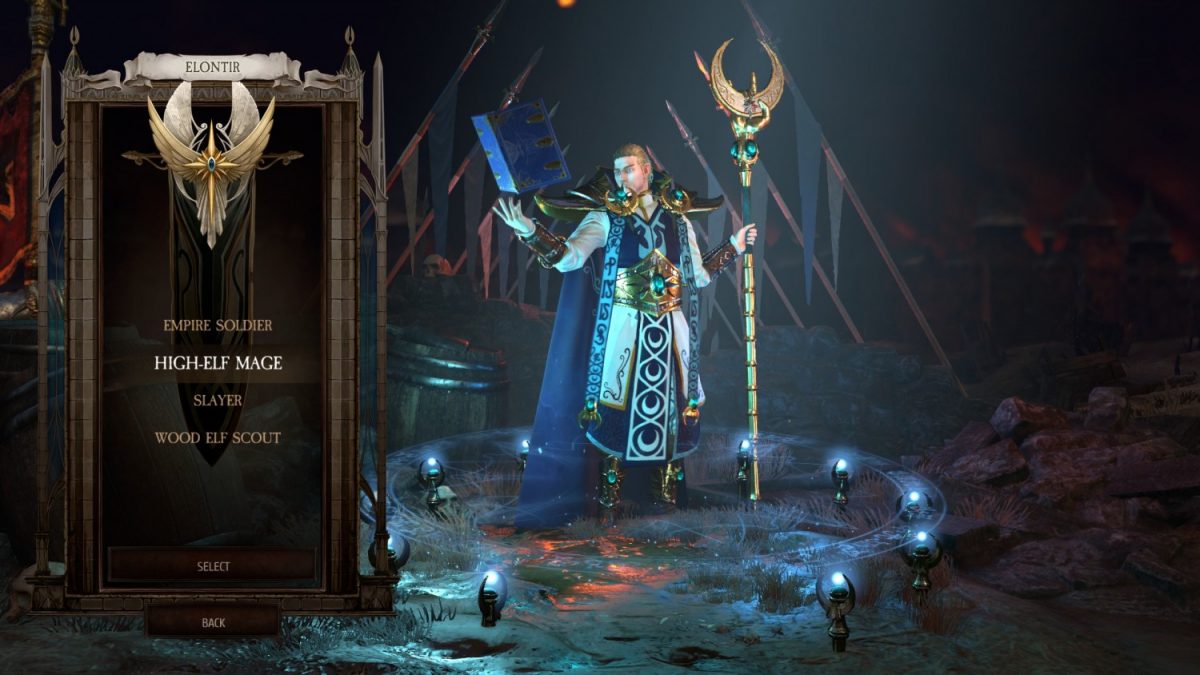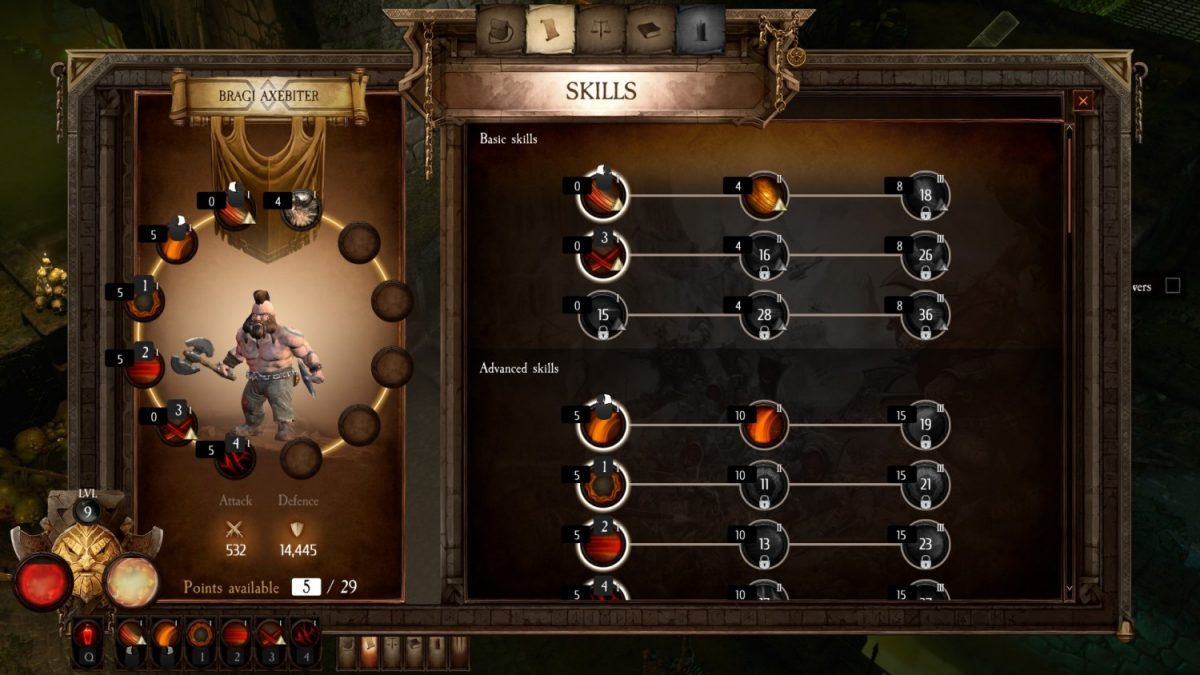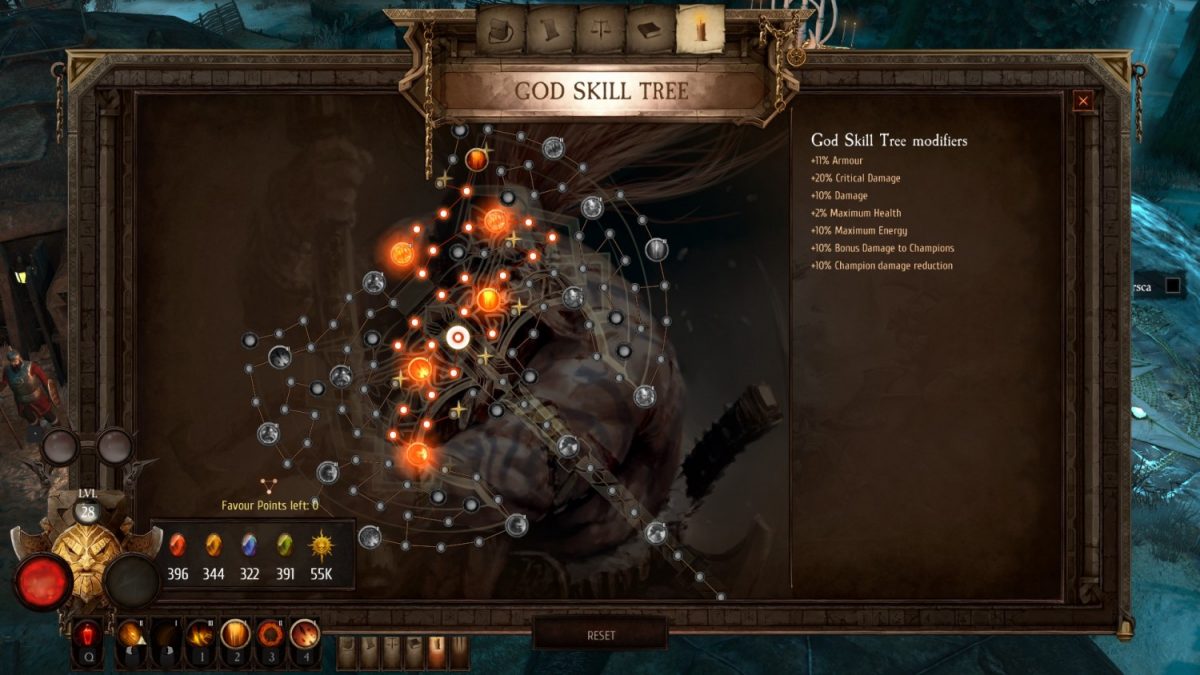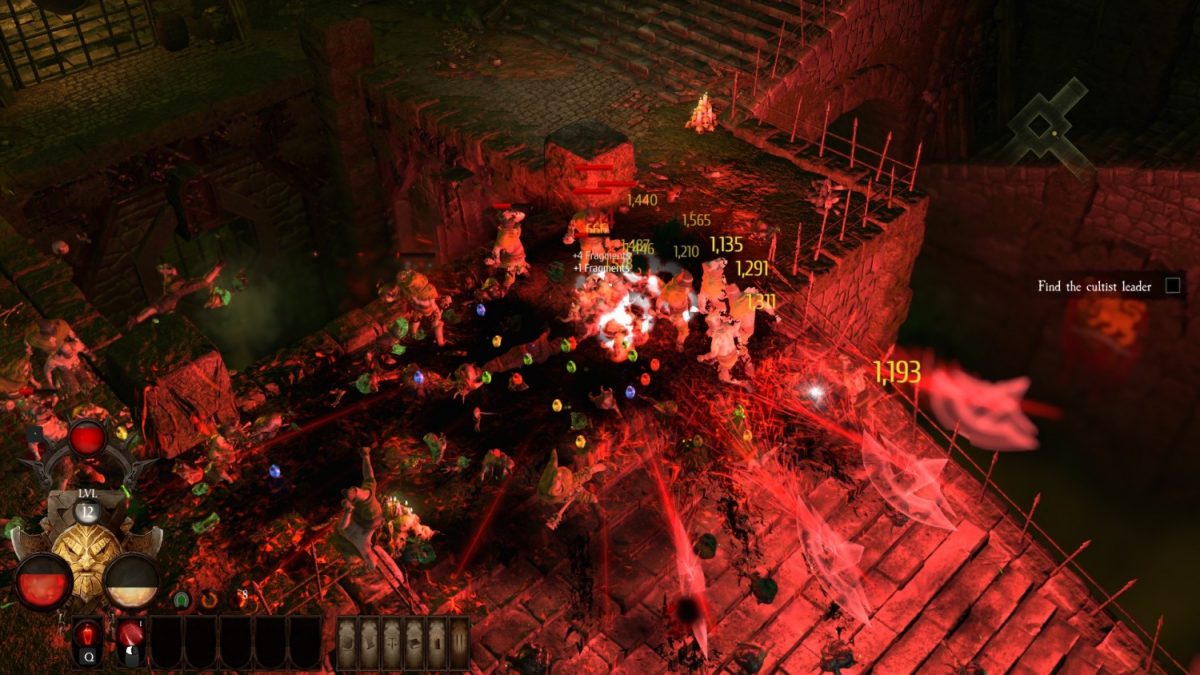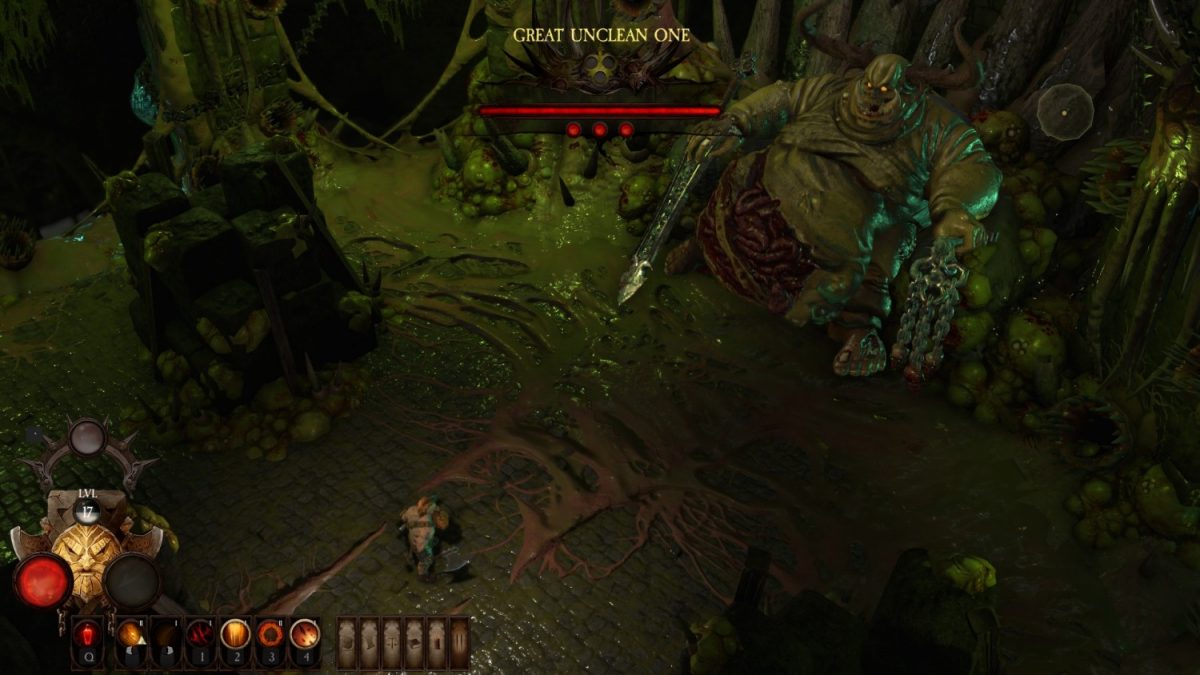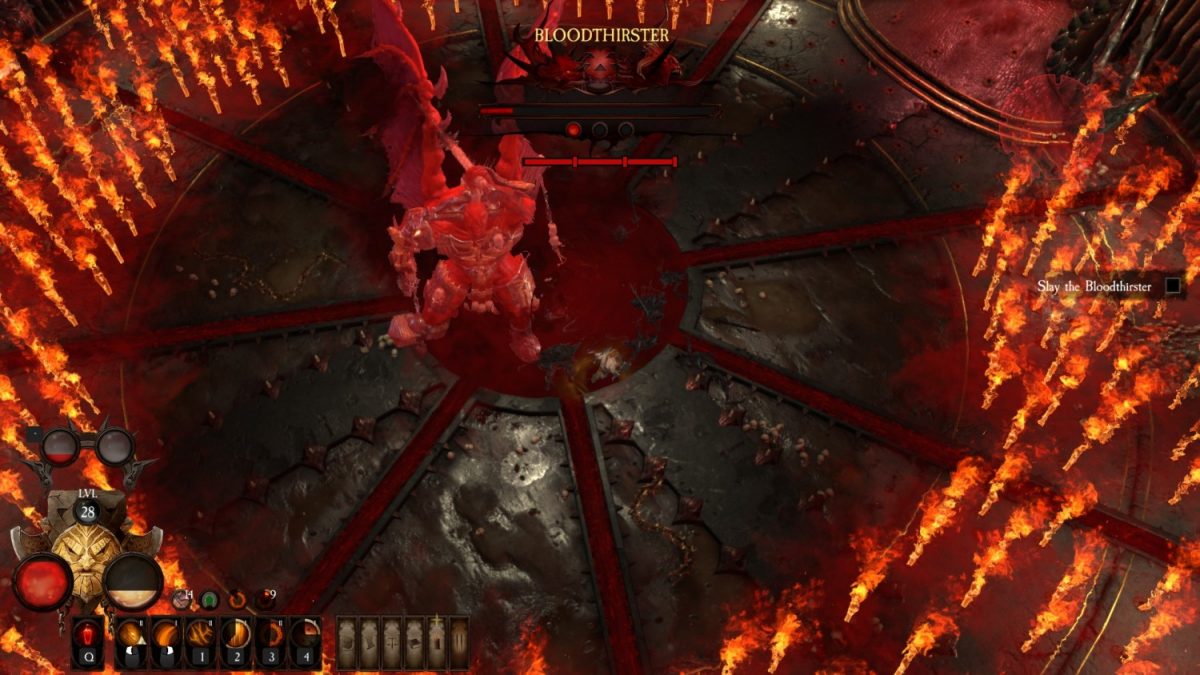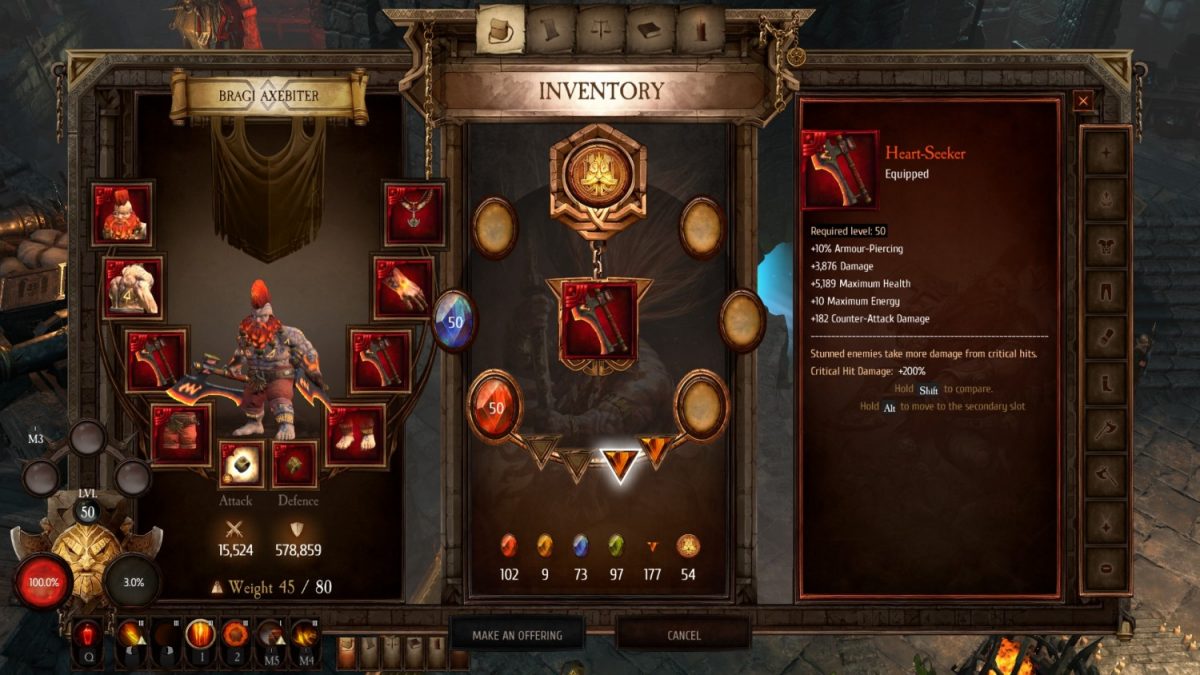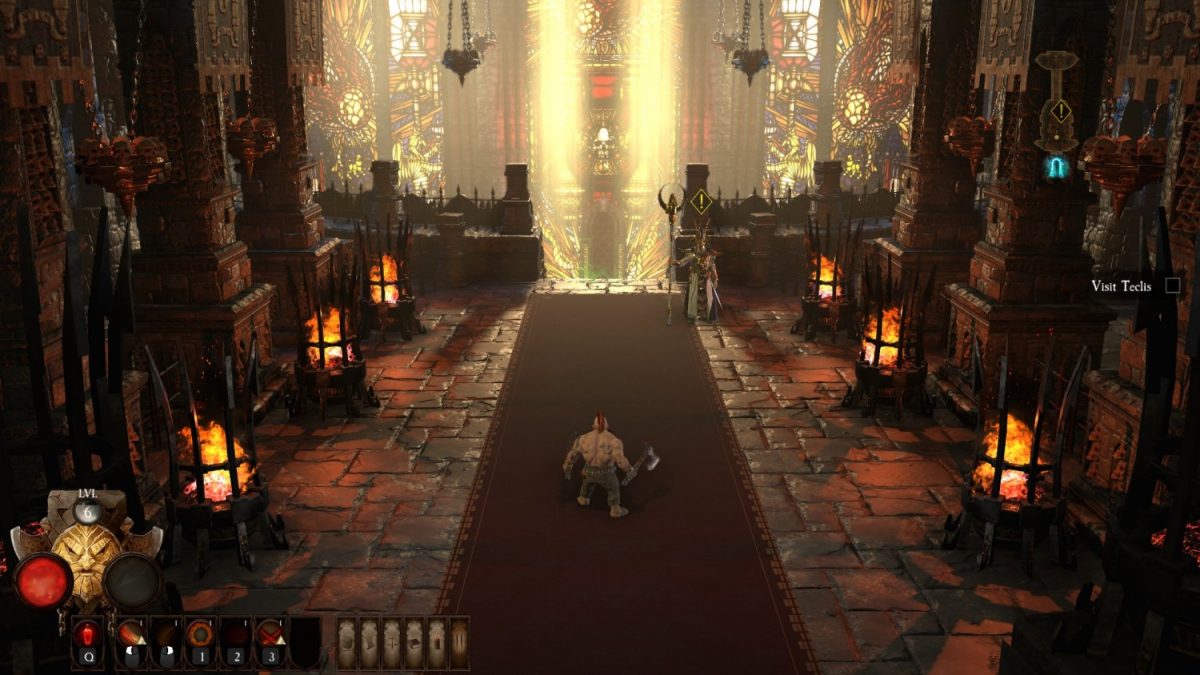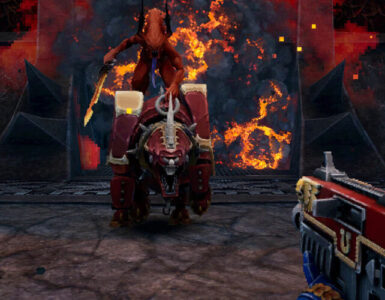Warhammer is most famous for being the dark fantasy half of Games Workshop’s longstanding tabletop wargame franchise (with Warhammer 40K as the futuristic space dark fantasy equivalent). In its over 40-year-long existence, hundreds of thousands of tabletop games have been played, bringing many an avid fan together over this hobby.
When we move to the digital realm, Warhammer titles have touched on different genres, catering to different members of the gaming community. The WH40K Dawn of War real-time strategy series most resembles their tabletop counterparts, whereas WH40K: Space Marine is an action game that offers a more up close and personal take on the action happening on the ground.
A Diablo-style action RPG in the Warhammer universe would obviously make sense, given the hordes of evil creatures such as the creatures of Chaos and Nurgles swarming around, waiting to be pummeled to a pulp in quick succession. Warhammer: Chaosbane serves to scratch that itch, much like the 2018 WH40K: Inquisitor – Martyr.
Interestingly, Chaosbane is published by the same folks who pushed Inquisitor – Martyr. Does this game make up for the faults of its predecessor? They might want to be more careful with backing content with the same IP.
Warhammer: Chaosbane takes place in the Warhammer Fantasy universe, in the dark, dank landscape of the Old World. The forces of Chaos have seeped into the realms of Man, and it is up to the Empire of Man to drive these evil beings back to where they came from. This is where the four playable characters come into play.
Each of the playable characters caters to differing playstyles, as any typical ARPG should. Konrad Vollen the Empire Soldier is your typical sword-and-board Fighter, equally capable of offense and defense. Bragi Axebiter the Slayer takes a chunk out of Diablo 3’s Barbarian — high-risk-high-reward melee hack-and-slash.
Prince Elontir the High-Elf Mage is, predictably, the AoE-focused mage character that deals a ton of damage to groups, while also calling down waves of control effects to keep them sedated. And finally, Elessa the Wood-Elf Scout is your typical assassin archetype, the ability to deal huge single-target damage and respectable area damage, while also getting the ability to summon woodland companions to aid her in combat.
Playing each character in Chaosbane is rather straightforward in that you don’t really need much understanding to get a good grasp of their mechanics. Among the slew of skills you get to choose from (once you’ve unlocked them as you level up, of course), you’ll be able to equip up to six active skills, three passive skills and three miscellaneous skills.
The skill system here utilises a point-buy system, where you’ll be assigned a number of points based on your level. The skills you get are basic initially, and gain variations as you level up. More powerful? Maybe not all the time.
While the point-buy aspect of this skill system is promising, it ultimately is for naught, as many of the skills you acquire offer little in terms of build variation. Very quickly, you’ll realise there are skills that you find are irreplaceable, while some you just never touch because either they offer little utility, or the skills you currently have are just too good. Either Eko Software has to include buffs to the less popular skills or rework them in order to successfully encourage different character builds and playstyles.
There is a secondary skill tree that you’ll advance, called the God Tree. This comprises of more generic passive skills that will accumulate as you acquire more points to spend on them, as well as powerful God active skills that are basically ultimate skills for you to use. The good thing is that you can equip more than one God skill on your active skill bar, though the cooldown times on these are rather long.
They range from screen-clearing area damage skills such as the Slayer’s Mountain’s Wrath that take about a minute (which translates to ages in a fast-paced ARPG) to the Empire Soldier’s Sigmar’s Blessing buff, which can greatly boost the damage potential of both you and anyone else you’re playing with. Useful when they come on, but you’re more often than not using your regular skills to plow through hordes of enemies.
The God Tree feels more intuitive than the basic skill tree, as it gives you a more rounded way of customising your character. Which is a shame considering how the main skill tree is the one you’ll be spending most of your time with.
As with any ARPG, you’ll be coming for the gameplay and staying for the gameplay. While it’s a generally satisfying affair to lay waste to hordes of demons and monsters one group after another, it somehow feels very… hollow.
For some strange reason, there is an input lag in between your skills, meaning you can’t seamlessly activate your skills at once, even after your character’s animations have clearly ended. Again, this feels like something that can be fixed in later patches, but at present it does make gameplay feel clunky.
It doesn’t help that the level design in each area lacks variation. The main difference is just the palette swap between each of the four main Acts in the story. However, as you play through the levels, you’ll find yourself staring at the same map nearly every single outing. It can get frustrating at times because of this. What should be intense bouts of clearing waves of enemies like a badass quickly devolves to intense 5-to-10-minute sprints to the end of the map to get to the next area or objective.
Another aspect that should be a huge staple in an ARPG but is severely lacking in Chaosbane is the loot. For some reason, the devs might’ve forgotten that part or at least left it as an afterthought, as there is very little to no variation in the types of gear you’ll find. It is sad considering how rarer items are supposed to give you extra boons or features, but instead you’re just looking at whether that particular piece of gear gives you better stats (in green), as opposed to those that give you less (red). At this point, rarity is irrelevant as all (yes, that’s a sweeping statement) the gear you find save for Heroic sets and weapons (more on those later) practically give you the same bonuses. It’s just a matter of which gear you find gives you the better numbers.
Chaosbane’s story is nothing to write home about, and the main campaign should last you a good eight hours. It’s the endgame content you’ll stay for, but that is where Chaosbane also falters at.
After beating each Act in the story, you’ll gain access to other game modes. Boss Rush simply throws you into an instanced fight against the bosses in the last part of each Act. Expedition allows you to plow through the maps in the various (well, now) areas, with random events happening as you streak through, with the chance of getting rare gear. This mode feels the most pointless of all, with the inclusion of Relic Hunter mode. Speaking of which, Relic Hunter does what Expeditions do, but with an increased chance at getting Heroic gear. This mode would certainly be fun, if the areas were more varied in the first place.
Speaking of Heroic gear, they are a breath of fresh air when you reach the endgame. At least for a while. Like most ARPGs, these are the top-tier loot you’ll be looking forward to after completing all four acts of the game. The armours typically come in sets of 5, which grant you a set bonus upon collecting the whole set. These bonuses provide alterations to existing skills, or boosting their power. While it is nice, it’s a wonder you can only acquire such powerful abilities in the endgame, when other games in the same genre (Diablo 3, Path of Exile and Grim Dawn to name a few) have been providing players that extra crunch and nuance to gameplay already in early levels. It certainly wouldn’t hurt to have included low-level versions of these Heroic items so as to add more depth and variety to an already bland first few hours of Chaosbane.
Other factors which hamper Chaosbane’s overall gameplay experience include the lack of graphics options. This is perhaps one of the most bizarre omissions by far. While it is true that typical ARPGs aren’t as visually striking as the likes of titles such as God of War or Horizon Zero Dawn, it still wouldn’t hurt to have the option to boost your visuals if you have a top-tier PC or even a PS4 Pro. This is a clear indication that it is a console port, and there didn’t even seem to be little effort to at least polish the graphics before putting it on PC. Let’s just hope that Eko Software includes that option because, again, it downplays what could be an otherwise beautiful game set in the Warhammer universe.
The music and voice acting in Chaosbane isn’t anything to write home about either, but when the game is already rather mediocre overall, it doesn’t really matter at this point. When everything is ultimately subpar, it’s hard to justify the S$59.99 price tag on Steam for this title — vastly superior games within the same genre are free (coughPath of Exilecough), mind you.
That said, Bigben and Eko Software are planning to release post-launch content for Chaosbane including expansions to the main story, possible new playable characters, and more. Whether or not these new additions improve the overall quality and value of Warhammer: Chaosbane remains to be seen. For now, we’d probably recommend you get this when it’s on sale. Or at least when future patches improve the overall experience.
GEEK REVIEW SCORE
Summary
Eko Software attempts to put a fresh spin on the ARPG genre in the Old World, but ultimately falls short in virtually all aspects. Truly a shame, since the Warhammer IP is replete with a ton of potential for a proper ARPG title.
Overall
6.3/10-
Gameplay - 7/10
7/10
-
Story - 6.5/10
6.5/10
-
Presentation - 6.5/10
6.5/10
-
Value - 5/10
5/10
User Review
( votes)Marion has a serious RPG addiction. Sometimes it bleeds into real life; he forgets to sleep because he thinks he has a Witcher’s body clock. Forgive him in advance if he suddenly blurts out terms such as “Mind Flayer” and “Magic Missile”, because never once does he stop thinking about his next Dungeons & Dragons game.

